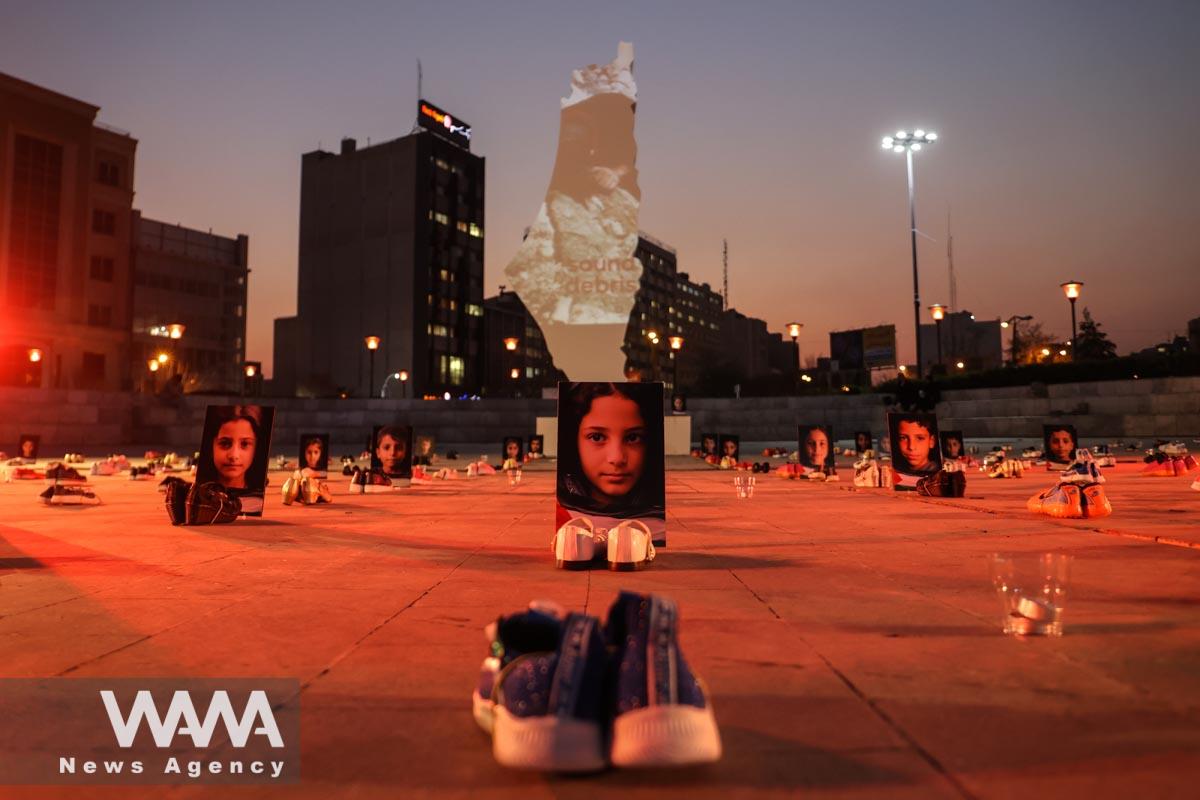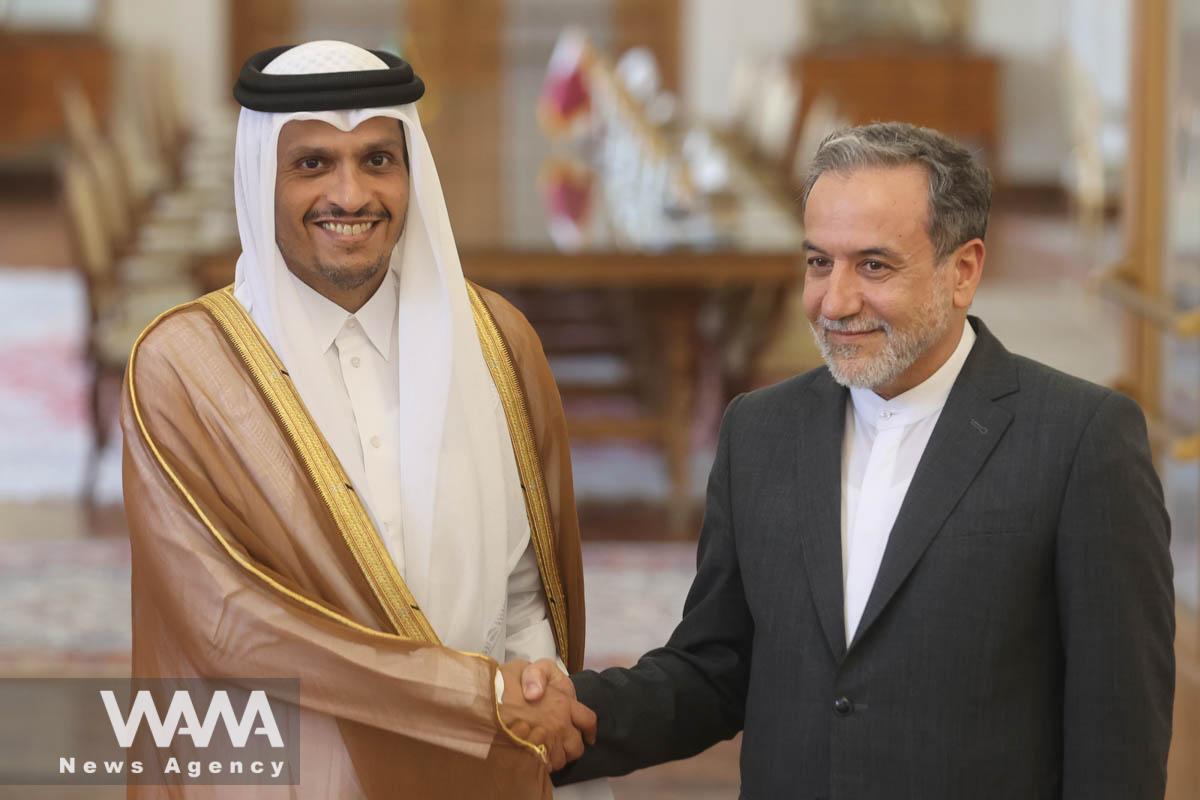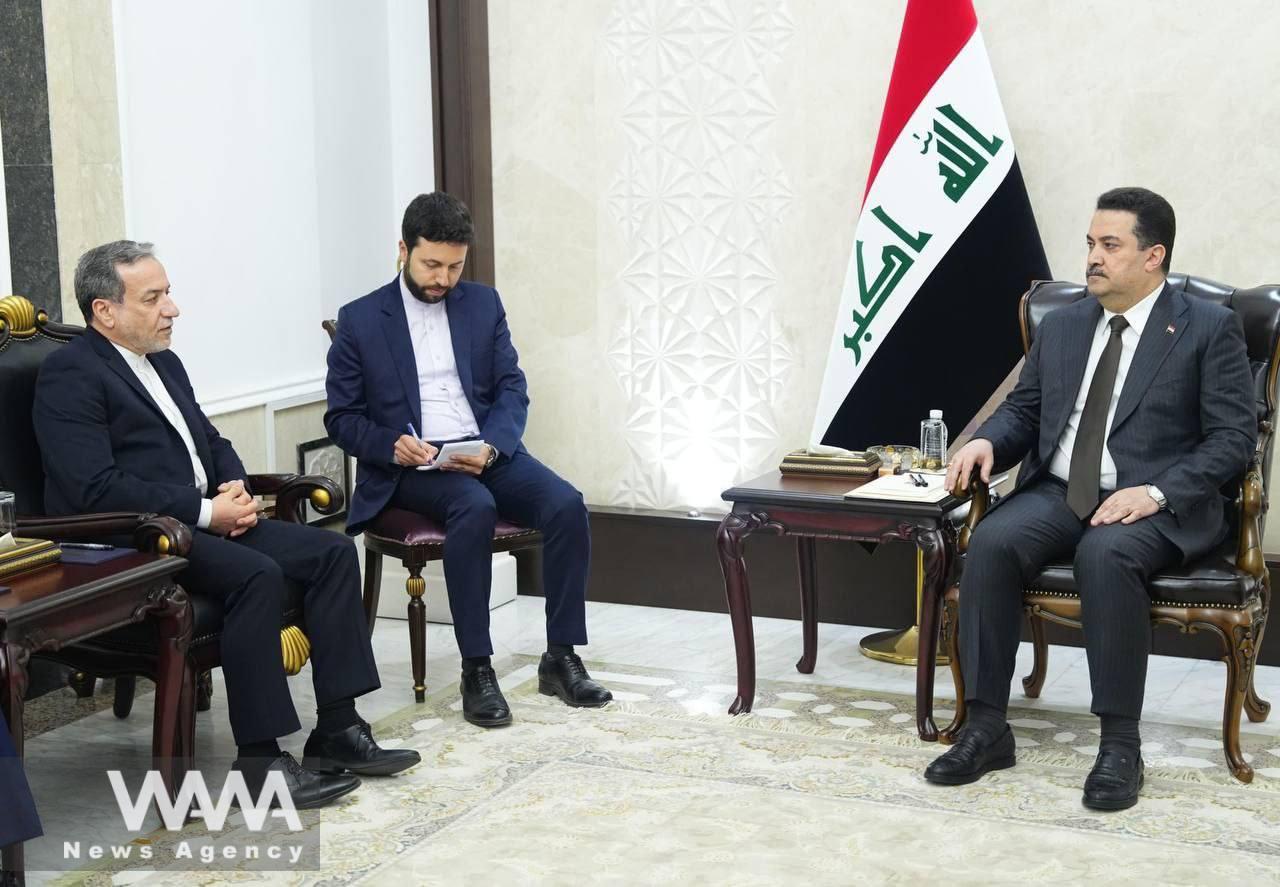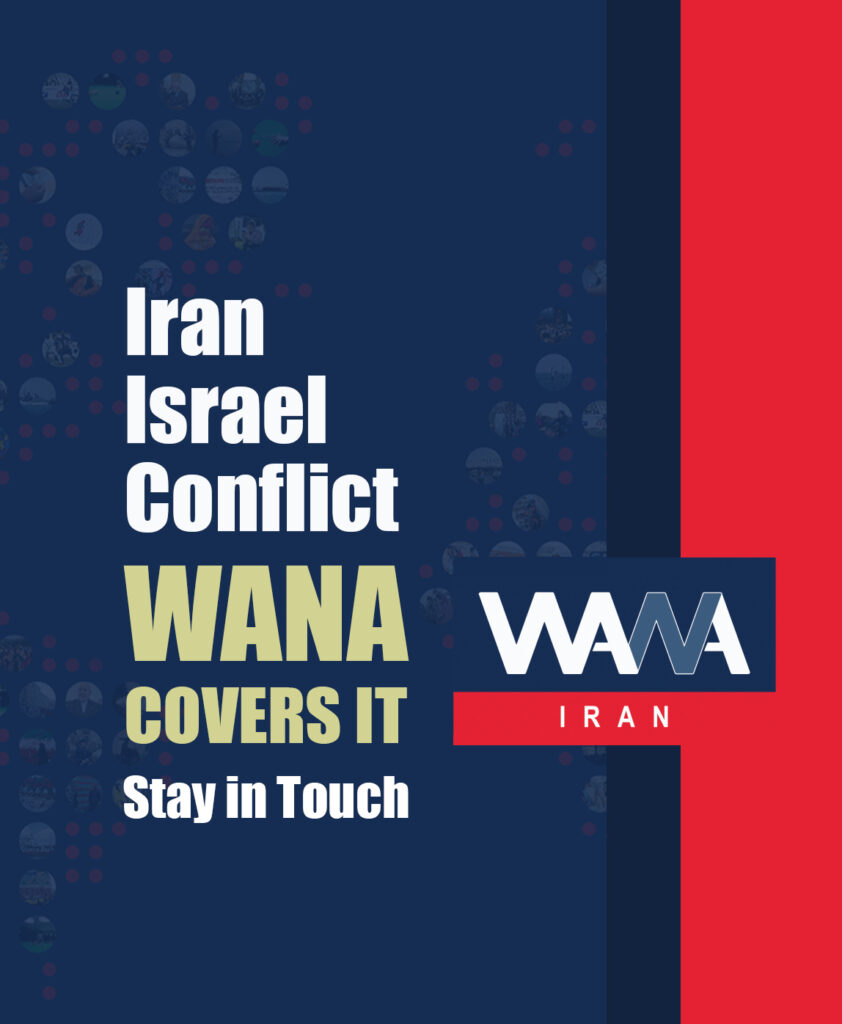Iran’s Parade on the Sykes-Picot Borders: A Show of Strength in the Heart of the Middle Eastern Crisis
WANA (Oct 16) – In a time when the Middle East walks on fire, Iran, through calculated steps and targeted diplomacy, is redefining its role as one of the most influential regional powers.
The ambassador of this regional policy, Seyed Abbas Araghchi, with his strategic trips to Beirut, Damascus, Riyadh, Doha, Baghdad, and now Muscat, advances Iran’s objectives across borders shaped by the Sykes-Picot agreement. These borders, created through colonial policies and strategic divisions, have turned the Middle East into one of the most turbulent regions in the world.
But why has the Middle East reached such a critical point today? Why has Iran placed itself at the center of these new global dynamics?

Iranian Art and Israeli Brutality
WANA (Oct 04) – On October 1, 2024, approximately 200 ballistic missiles were launched from Iran towards the heart of Israel. To everyone’s surprise, a significant number of them hit their intended targets. A “ballistic missile,” contrary to common belief, is the simplest type of missile. Similar to a cannonball or mortar shell, once […]
Sykes-Picot: A Legacy of Chaos
After the end of World War I, the colonial powers of Britain and France, in the Sykes-Picot Agreement, defined the borders of the Middle East with little regard for the region’s ethnic, religious, and geographical realities.
This agreement laid the foundation for artificial borders that have become the source of many regional conflicts and wars. Geography was no longer limited to natural boundaries; it became a tool for control, domination, and creating chaos in a region that has always been the focus of global attention.

Iran’s Foreign Minister Abbas Araghchi meets with Qatari Deputy Prime Minister and Foreign Minister Sheikh Mohammed bin Abdulrahman Al Thani, in Tehran, Iran, August 26, 2024. Majid Asgaripour/WANA (West Asia News Agency)
Today, in this environment, Iran seeks to play an effective role in managing regional crises through active diplomacy and military presence. This regional policy aims to maintain national security while seeking to change the international order in West Asia.
The Battle of Agendas: Iran vs. the United States
In today’s Middle East, the main struggle is between two opposing orders: the American order, which has been declining since the Cold War, and the “Resistance Network” led by Iran, which is on the rise. This battle is not only fought on military fronts but also in diplomatic and economic arenas.
Iran leverages the “art of peaceful power projection” to strengthen its position. The use of this strategy in the Gaza and Lebanon wars helped Iran present itself to the world as the region’s foremost power. Western media outlets, like The Guardian, openly state that Iran is now the dominant regional player, not the United States.

Araghchi: Any Attack on Iran’s Infrastructure Will Face a Stronger Response
WANA (Oct 08) – During a conference on Tuesday titled ‘Al-Aqsa Storm: The Beginning of Nasrallah’, which was held for the anniversary of the Al-Aqsa Storm operation at the Political and International Studies Center of the Iranian Foreign Ministry, Iran’s Foreign Minister stated: “Any attack by the Zionist regime on Iran’s infrastructure will be met […]
Shuttle Diplomacy: From Kissinger to Araghchi
Seyed Abbas Araghchi’s diplomatic trips recall Henry Kissinger’s diplomacy in the 1970s, but with significant differences. While Israel was victorious in wars back then, today it finds itself encircled by resistance and crises.
Araghchi’s travels to regional capitals like Baghdad and Cairo signify Tehran’s serious commitment to pursuing ceasefires in Gaza and Lebanon, while also sending warnings to Israel and its allies. Through this active diplomacy, Iran conveys important messages to Washington and Tel Aviv.
In this context, Tehran and Cairo are reviving their relations. Egypt, as one of the key players in the region, is playing a significant role in collaborating with Iran to resolve regional crises. Potential meetings between Araghchi and high-ranking Egyptian officials could deepen this cooperation and send crucial signals to the involved parties, especially Israel and the United States.

Diplomatic Flight Amid Threats
WANA (Oct 04) – The visit of Abbas Araghchi, Iran’s Deputy Foreign Minister, to Lebanon during one of the most sensitive regional periods tells a story where diplomacy and political maneuvering are intertwined with military power. As Araghchi, accompanied by his delegation and a plane carrying humanitarian aid, headed to Beirut, threats from the […]
A New Middle East Era: New Players, New Equations
Recent developments show that the Middle East is entering a new era of power dynamics. While regional countries like Turkey and Saudi Arabia are still trying to redefine their roles, the region’s main equations are being shaped between Iran, the United States, Russia, China, and Israel.
Turkish President Recep Tayyip Erdoğan has also recognized these shifts, expecting Iran and Russia to stand firmly against Israel’s efforts to expand the war across the region. Erdoğan’s remarks that the occupation of Damascus means Israeli soldiers approaching Turkey’s borders reflect Turkey’s serious concerns about recent developments.

Sudani Iraq’s Prime Minister in meeting with Araghchi Iran’s Foreign Minister, Oct 13 2024 / WANA News Agency
The Middle East is at a critical juncture in its history, where history and political realities are intertwined. With its smart regional policies and power projection on the Sykes-Picot borders, Iran is striving to establish a new order where its national security and interests are preserved, and foreign powers are pushed out of the region.
The world now waits for the answer to one question: Can Iran resist the ongoing efforts to weaken the regional order? The answer depends on future developments, but one thing is certain: the Middle East has never been this close to the crossroads of history.

Ghalibaf’s Trip to Lebanon: A Show of Strength and Support for the Resistance Front
WANA (Oct 12) – Mohammad Bagher Ghalibaf, Speaker of the Iranian Parliament, traveled to Beirut before heading to Geneva for the Inter-Parliamentary Union (IPU) meeting. During this visit, he met with Lebanese officials and reaffirmed Iran’s support for the Lebanese people and their resistance against Israeli aggression. In a notable move, Ghalibaf personally piloted […]













